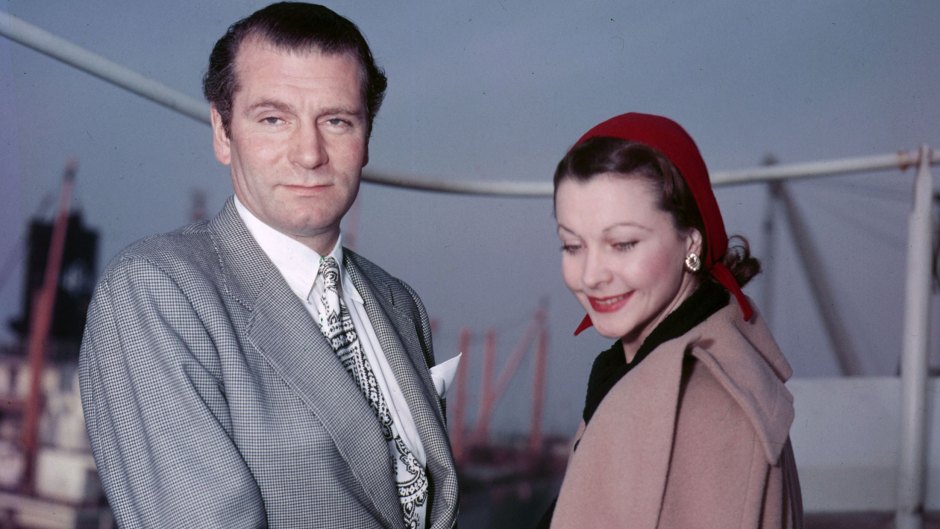
Kobal/Shutterstock
Laurence Olivier and Vivien Leigh’s Romance Had ‘Smoldering’ Start Before Ending in ‘Regret’
In 1934, Vivien Leigh saw Laurence Olivier in a performance of Theatre Royal. “She turned to a friend and said, ‘This is the man I’m going to marry’ — which is amazing because she was already married with a child,” says Stephen Galloway, author of Truly, Madly: Vivien Leigh, Laurence Olivier and the Romance of the Century.
Vivien’s words would come true, of course. In his new book, Galloway traces the legends’ epic 20-year love story from its smoldering start to its bittersweet finish.
“It’s tragic because her life and their marriage were really ruined by her bipolar disorder, an illness that nobody could understand, let alone cure, back then,” he tells Closer.
Introduced a year after Vivien first spotted him, Laurence also felt an immediate connection with the actress. “I couldn’t help myself with Vivien,” he said. “This wasn’t just out of lust. This was love that I really didn’t ask for but was drawn into.” Vivien was impossible to resist.
In addition to her beauty, “she was an extremely well-read, intellectual woman, who spoke many languages,” Galloway says. She also believed in Laurence’s talent long before anyone else. Yet she suffered drastic mood swings and wouldn’t seek professional help until the 1950s.
“She was doing all the wrong things. Alcohol, stress and exhaustion are all triggers for bipolar,” Galloway says.
Laurence first witnessed it in 1937 when Vivien became enraged while they rehearsed Hamlet. “She suddenly went berserk and physically attacked him,” Galloway says. Remarkably, the episode didn’t frighten Laurence away.
“His sister had various breakdowns,” Galloway reveals. “There was something in his family that made him willing to regard Vivien’s behavior within the frame of normal life.”
Though they both left marriages with children to be together, the public embraced the couple. “The producers of Gone With the Wind and Wuthering Heights were petrified that news of their affair would leak,” Galloway says. “But the press romanticized their relationship and wrote pieces about everything they had sacrificed to be together.”
They wed in 1940 and were happy for the first decade. Vivien and Laurence frequently costarred on stage and did three films together.
“I think they loved each other very deeply,” Galloway says. A shift occurred as Vivien’s outbursts became more frequent. “At one point, she told him, ‘I don’t love you anymore.’ I think that was a manifestation of her bipolar and wanting to hurt him as his career began to surge,” says Galloway, who adds that sexual incompatibility also played a role in their split.
“Her sexual needs were far greater than his, and each one of them started to go to other partners.” Although they divorced in 1960, Vivien kept a photo of Laurence on her nightstand until her 1967 death. “Later in his life, he also started to look back with regret,” Galloway says. “We all want passion, but passion is painful and it can be destructive because it’s not logical.”







































